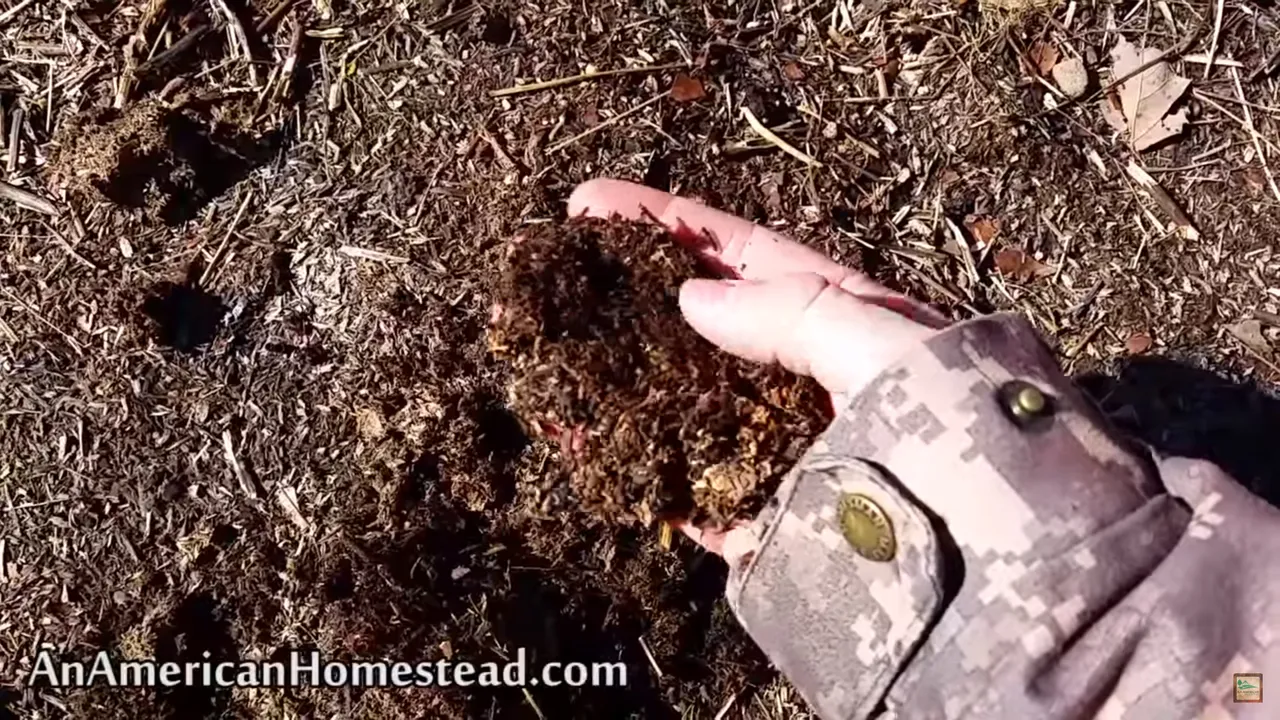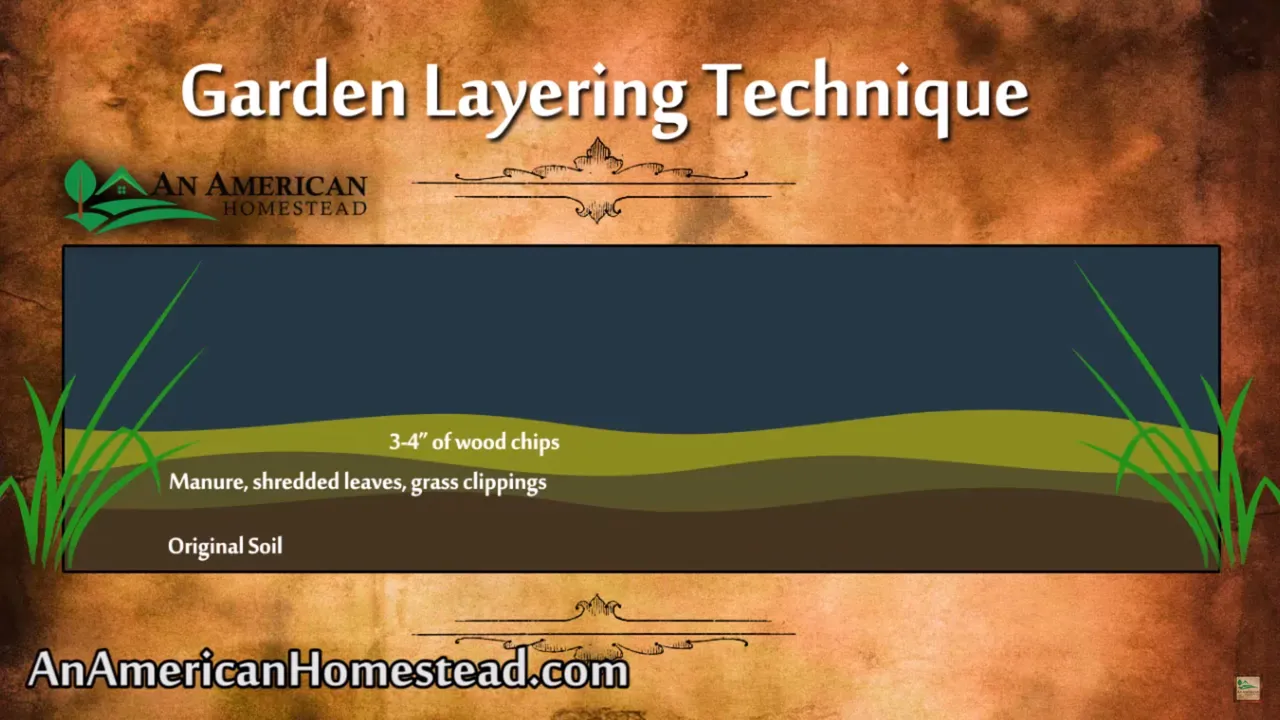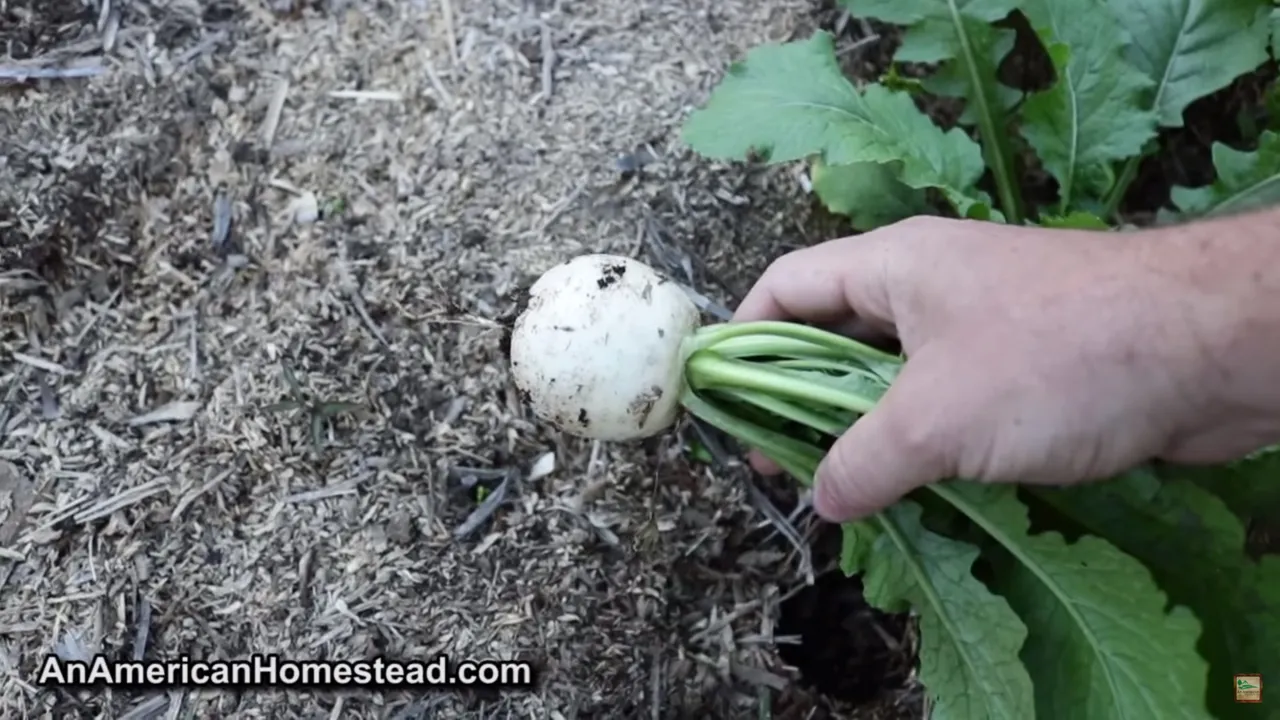
It's almost January and I hear the lamenting online about how people wish they could be gardening. Real gardening doesn't stop. It may take a slight break but tending to your garden in the winter season is key to making sure you have a good planting and good harvest next summer and fall.
Winter is a wonderful time to be working on your soil conditions. I hope you realize that every year with all the yummy veggies you are pulling out of the ground, it's using up nutrients found in the soil. What do you think makes up all those tomatoes, spinach and cucumbers? Winter is the best time to give back to the soil what it needs to keep producing all that food. We are talking natural items instead of chemical fertilizers here.

Nitrogen - Carbon - Natural Amendments
During the winter, we are adding carbon nutrients in the form of small wood chips on top of the soil. These break down over the course of the winter and spring and provide a type of protection over the soil. The wood chips from the year before all almost all broken down into a moist soft black dirt. The new chips on top help to hold in the moisture when the spring and summer sun is beating down on your garden.
Nitrogen is added in the form of straw that we also but down on the soil in the winter. Usually this is placed down under the wood chips. Also, each winter the old dead plants from the summer before are mulched and spread over the soil. We simply mow down the garden with a mower and this sufficiently chops up old plant material and spreads it over the soil. Hay or horse manure can also be added for nitrogen but you have to make sure you add this before the wood chips because these sources will contain large amounts of grass seed and you don't want all that growing in your garden along with your plants. Covering it with a thick layer of wood chips will keep the seeds subdued.

Consider other soil amendments like fungi and rock dust that are high in mineral content that healthy soil microbes love to grow in. Fungi LOVE growing in carboard. Plants LOVE Fungi. Fungi help to feed plant root nodules. So consider placing cardboard in your garden and maybe add some mushroom mycelium. It will help control weeds, give fungi a safe place to grow and it usually cost next to nothing at your local recycle center. Then over the top of your cardboard place your thick layer of straw or wood chips.
We have been layering our garden now for 5 years and it works great! If it's your first year and your soil looks compacted and rough, try adding a good layer of manure at the bottom. Then add mulched leaves or straw, wood chips and hay. Whatever you have or can get a hold of to layer on your soil. But putting that manure at the bottom will soften the hard soil beneath it and you won't even have to till it up. Over the course of the winter, the soil will soften on its own.
This is our garden after a snow storm last year. It's a little hard to get out and garden in this. But do you see the bale in the picture? That is baled up wheat straw that will be spread over the garden as soon as the snow melts. It's a great way to add nitrogen to your soil without adding the weeds.

Pretty soon, spring will be here and you will be harvesting those first spring veggies and your garden will thank you for all the hard work you have put into it. These are some of my favorite spring veggies, the Japanese Turnips! YUMMY! A few more months and I will be pulling these out of the ground.

So yes, you can garden in the winter season. In fact, I highly encourage it in order to add back much needed nutrients to your garden. So put your coat on and get out there in the dirt and have fun!

Visit Us Online: http://AnAmericanHomestead.com


